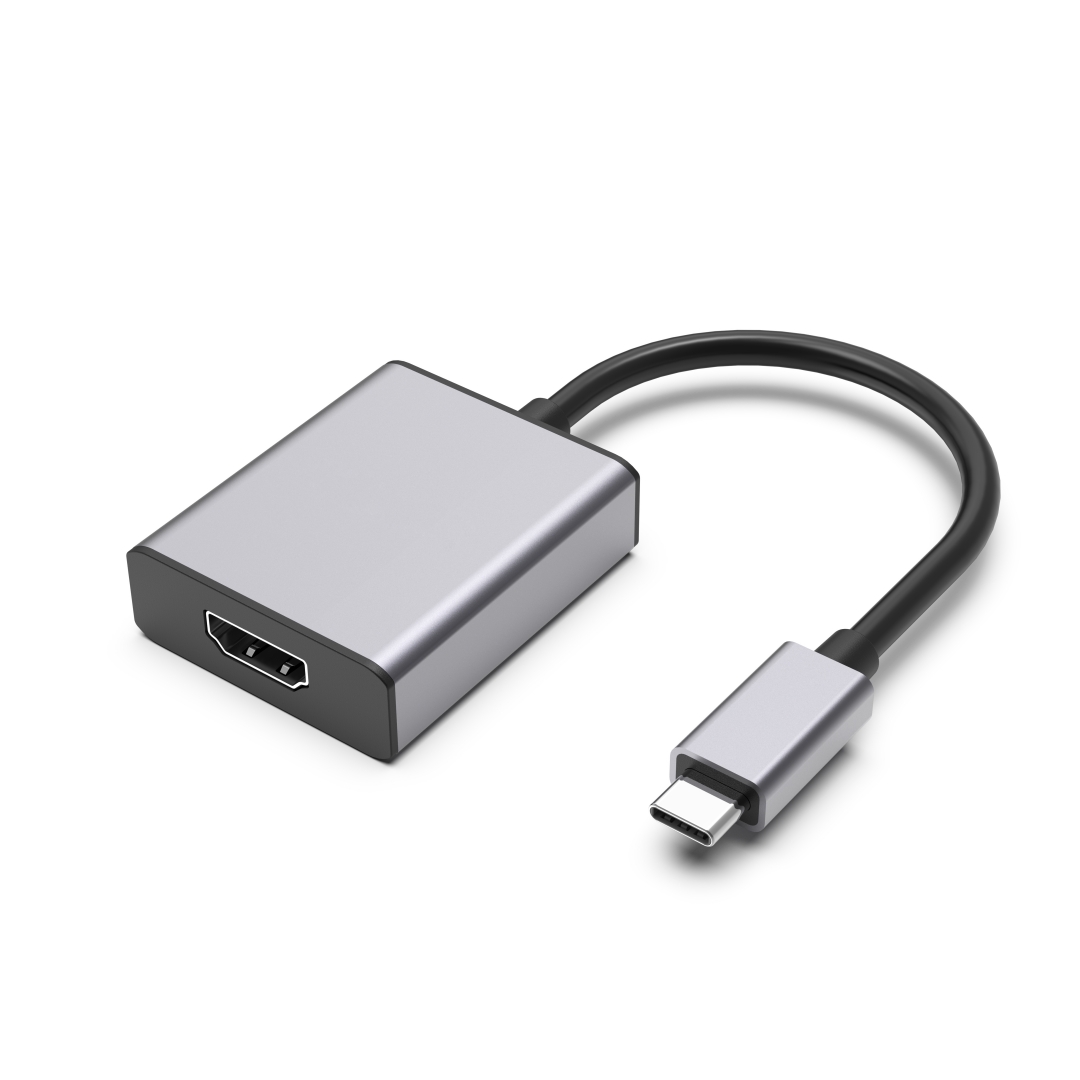In today's digital age, having multiple devices connected to your TV is almost a necessity. Whether it’s gaming consoles, streaming devices, or Blu-ray players, the need for multiple HDMI ports is ever-growing. However, most TVs come with a limited number of HDMI inputs. This is where a customized HDMI hub can be a game-changer, allowing you to connect multiple devices to a single HDMI port on your TV. In this guide, we’ll walk you through the steps of installing and configuring a customized HDMI hub, ensuring seamless connectivity and easy switching between devices.

Step 1: Unboxing and Checking the Components
When you receive your HDMI hub from WorldTypeC, start by unboxing and verifying all the components. Typically, you’ll find the HDMI hub, a power adapter, a remote control (if applicable), and an instruction manual. Ensure everything is in good condition before proceeding.
Step 2: Connecting the HDMI Hub to Your TV
Choose the Right HDMI Port: Identify an available HDMI port on your TV. This is where the hub will be connected.
Plug in the HDMI Hub: Connect one end of the HDMI cable to the output port on the hub and the other end to the HDMI input on your TV.
Power Up the Hub: Connect the power adapter to the HDMI hub and plug it into a power source. Some hubs may draw power directly from the TV, but for optimal performance, especially when connecting multiple devices, it’s recommended to use the external power supply.
Step 3: Connecting Your Devices to the HDMI Hub
Once the hub is connected to your TV and powered on, you can begin connecting your devices.
Identify the Input Ports: The HDMI hub will have multiple input ports. Connect your devices (e.g., gaming consoles, streaming devices, etc.) to these ports using HDMI cables.
Label the Inputs: If your hub allows for it, label the input ports or remember which device is connected to which port. This will help when switching between devices.
Step 4: Configuring the HDMI Hub
Switching Between Inputs: Use the remote control provided with the hub to switch between devices. Most hubs will have a button on the unit itself if a remote isn’t included.
Adjusting Settings: Some advanced HDMI hubs, like those available at WorldTypeC, come with customizable settings for resolution, audio, and more. Refer to the user manual to configure these according to your preferences.
Step 5: Testing the Setup
After everything is connected and configured, turn on your TV and switch to the HDMI input where the hub is connected. Use the remote to cycle through the different devices connected to the hub, ensuring that each device is displayed correctly on the TV.
Troubleshooting Tips
No Signal Detected: Ensure that the hub is properly connected and powered on. Check that all HDMI cables are securely plugged in.
Poor Video/Audio Quality: Verify that the HDMI cables used are high-quality and support the resolution and audio formats required by your devices.
Remote Control Issues: If the remote doesn’t seem to work, check the batteries or try pointing it directly at the HDMI hub.
Conclusion
Installing and configuring a customized HDMI hub for your TV is a straightforward process that can significantly enhance your entertainment setup. With the ability to connect multiple devices to a single HDMI port, you’ll enjoy greater flexibility and ease of use. For a range of reliable and high-quality HDMI hubs, consider checking out the products available at WorldTypeC.



